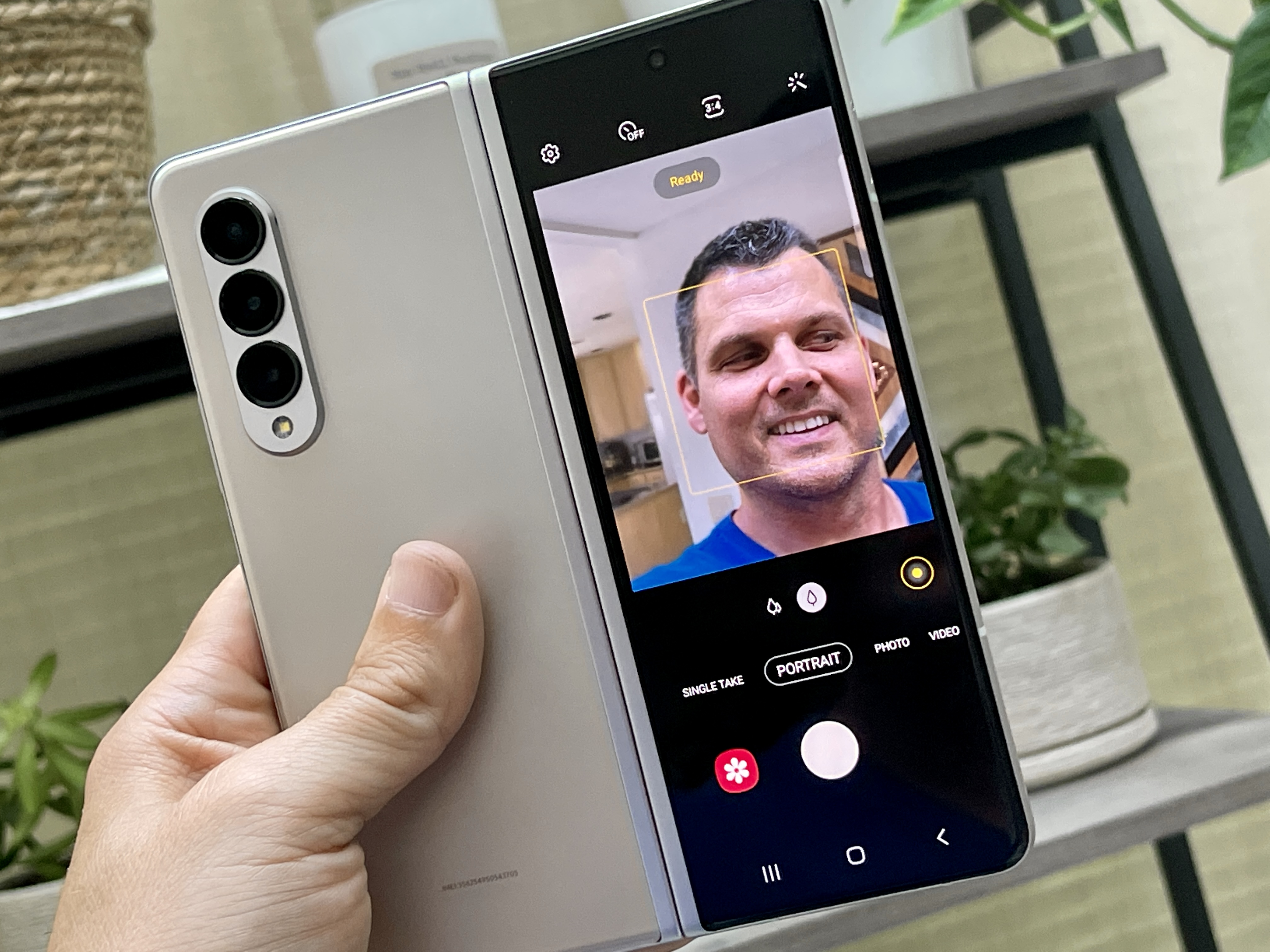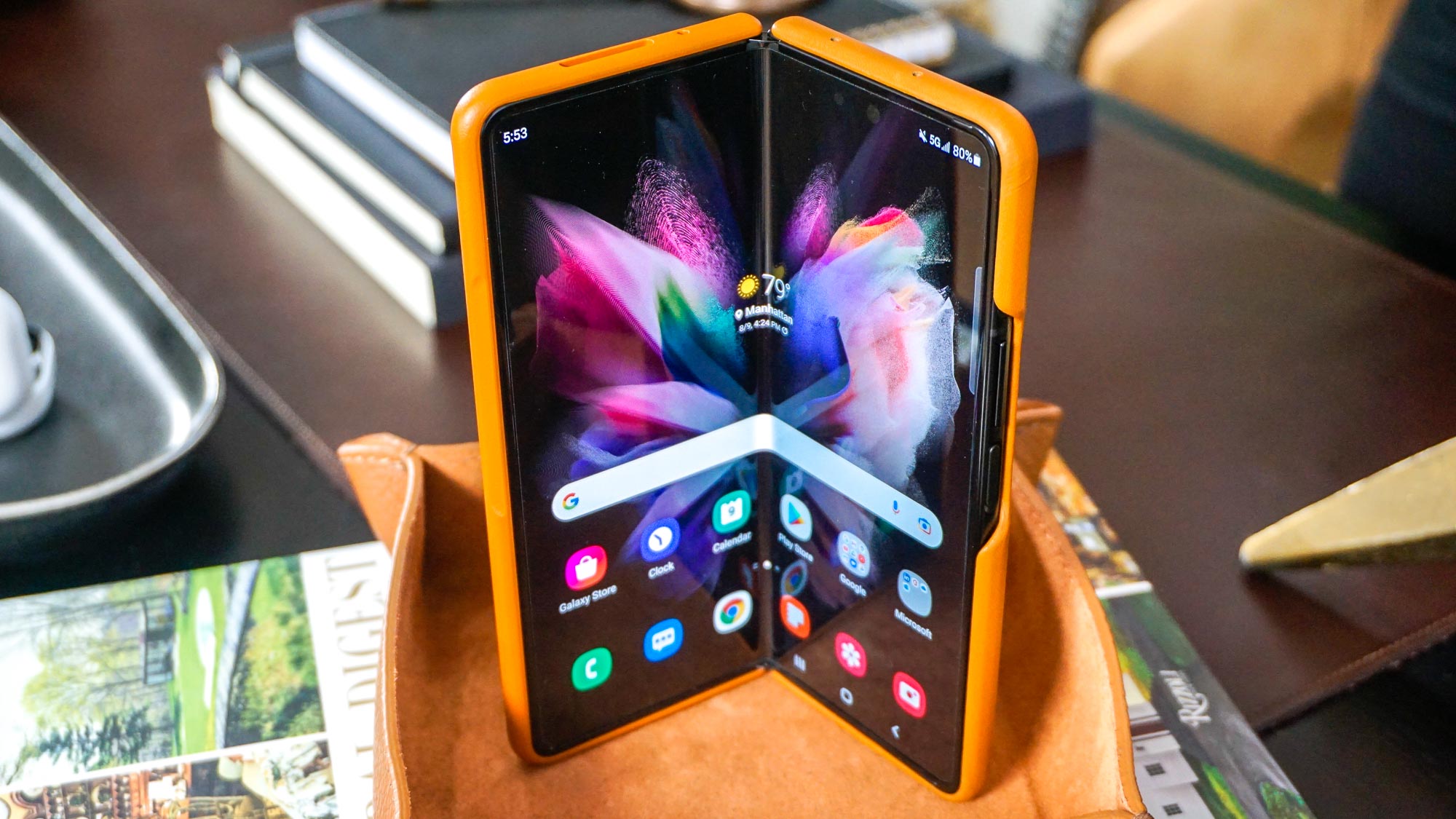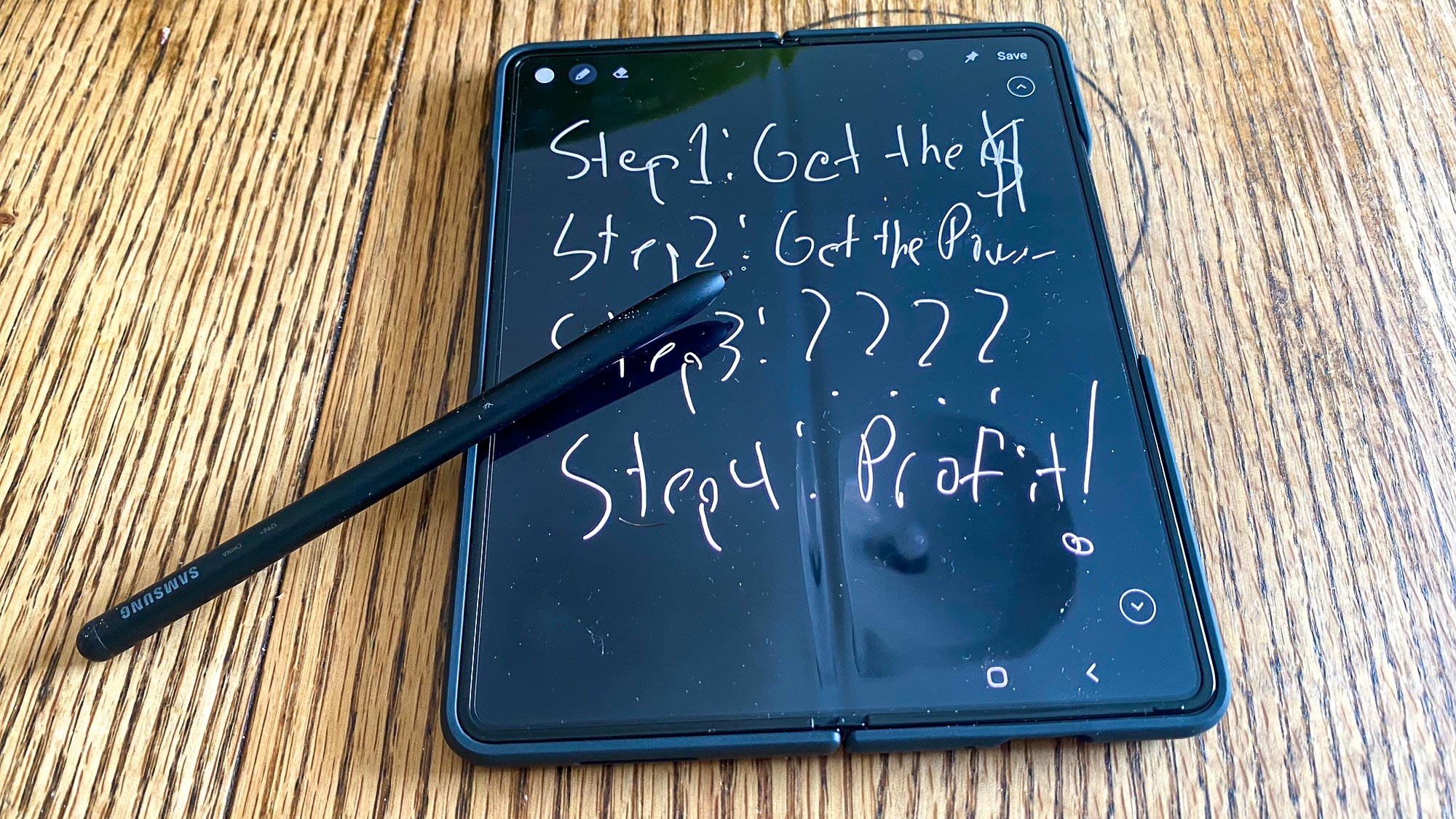Samsung Galaxy Z Fold 3: Is it worth $1,799?
Will you get your money's worth with the Samsung's Galaxy Z Fold 3?

There's no getting around a simple fact about the Samsung Galaxy Z Fold 3: it costs a lot of money to make this foldable phone your next handset.
The Galaxy Z Fold 3 starts at $1,799 — $200 less than what Samsung was asking for when the Galaxy Z Fold 2 debuted, but still not the kind of price you find around the bargain bin. Yes, the best Galaxy Z Fold 3 deals can reduce the price further, and buying the phone in monthly installments can spread out the cost a little bit. But the fact remains, this is one expensive smartphone.
- Best foldable phones: Where the Galaxy Z Fold 3 ranks
- The best Galaxy Z Fold 3 features to try first
- Plus: Samsung Galaxy Note line now looks dead — here's why
But just because something's expensive doesn't mean it's not a good value. With the right mix of features — and the Galaxy Z Fold 3 certainly offers a lot of those — a phone can more than justify even a four-figure price tag.
So is the Samsung Galaxy Z Fold 3 worth it? We've spent some time with the phone and can make the case both for and against plunking down $1,799 on this new foldable.
Why the Samsung Galaxy Z Fold 3 is worth it
Make no mistake, the Galaxy Z Fold 3 is a premium phone. It's powered by the Snapdragon 888 system-on-chip, the best performing chipset we've seen in Android phones. Samsung also worked to make the Galaxy Z Fold 3 more durable than ever, and drop tests of the foldable phone indicate that effort was worth it.
These days, displays that refresh at 120Hz for smoother scrolling and more immersive experiences are de rigueur for top-tier smartphones. The Galaxy Z Fold 3 obliges with two fast-refreshing displays — both its 6.2-inch cover display and full 7.6-inch interior display feature dynamically refreshing displays.

It's those displays — particularly the 7.6-inch panel — that make the most compelling case for the Galaxy Z Fold 3. Here, Samsung's phone offer something that other devices cannot. It promises the portability of a smartphone couple with the expansive display of a tablet.
Sign up to get the BEST of Tom's Guide direct to your inbox.
Get instant access to breaking news, the hottest reviews, great deals and helpful tips.
That's no small matter if you view your phone primarily as a productivity device — not just something for making calls and checking emails, but one that allows you to perform the kind of work you'd normally handle on a big-screen device. To be able to look at spreadsheets, work on documents and multitask on a super-sized display more than justifies the Galaxy Z Fold's cost.

Even better, Samsung is working to make sure that more apps are optimized to take advantage of the Galaxy Z Fold 3's specific features like multitasking, where you can run up to three apps side-by-side, and Flex mode, where a partially open Z Fold splits its display into viewing and control areas. The more apps that exploit these capabilities, the easier it is to justify paying up for the Galaxy Z Fold 3.
Samsung has also added support for the S Pen to the Galaxy Z Fold 3, though the stylus is an optional accessory that requires an outlay of more cash. While we have some criticisms of how S Pen support has been implemented, it's still a valuable addition, especially when it comes to capabilities like taking off-screen memos without having to unlock the Galaxy Z Fold 3.

In short, if you're the sort of person who doesn't want to wait until they're back at a desk to knock off some extra work and feels more productive with a bigger screen, the Galaxy Z Fold 3 was designed with you in mind. That makes this pricey phone more than worth paying for.
Why the Galaxy Z Fold 3 isn't worth it
But that description above doesn't fit everyone. And for those people, the Galaxy Z Fold 3's cost is harder to justify for a couple different reasons.
No one would deny that this is a premium phone. But not every facet of the Galaxy Z Fold 3 delivers a best-in-class experience. The cameras, while adequate, are largely the same from the Galaxy Z Fold 2. (The exception — the under-display camera on the Galaxy Z Fold 3's main screen — prove finicky in our testing.) Battery life is disappointing, a big step back for this year's model.

Many of the premium features that do impress with the Galaxy Z Fold 3 can be found on other flagship phones. While Samsung's foldable is powered by that impressive Snapdragon 888 chipset, so are all three members of the Galaxy S21 lineup, all of which cost far less than the Galaxy Z Fold 3. That trio of phones also sport fast-refreshing displays (though to be fair, none of their screens fold.)
As for S Pen support, the Galaxy S21 Ultra added that capability earlier this year. And while that phone is the most expensive in the S21 lineup, it's still $600 less than the Galaxy Z Fold 3.
A big factor in determining a phone's value depends on whether this particular handset does something no other device can do and if that happens to be one of the things you're looking for in a device. In the case of the Galaxy Z Fold 3, the unique factor is that folding screen that opens up to reveal a more expansive display. Every other feature of the Galaxy Z Fold 3 is offered by at least a few other phones — and more cheaply in every instance.
Galaxy Z Fold 3: Worth it or not?
Like a lot of buying decisions, whether a Samsung Galaxy Z Fold is worth it boils down to what you're looking for in a phone. My colleague Imad Khan loves screen real estate and using his phone as a primary device — he's more than satisfied with his Galaxy Z Fold 3 purchase. But if if you're still on the fence about whether a folding display fits into how you plan on using your phone,
Samsung hopes to turn foldable phones into mainstream devices. The Galaxy Z Fold 3 takes a step in that direction. But this is still a device that's built for a select audience.
Philip Michaels is a Managing Editor at Tom's Guide. He's been covering personal technology since 1999 and was in the building when Steve Jobs showed off the iPhone for the first time. He's been evaluating smartphones since that first iPhone debuted in 2007, and he's been following phone carriers and smartphone plans since 2015. He has strong opinions about Apple, the Oakland Athletics, old movies and proper butchery techniques. Follow him at @PhilipMichaels.

